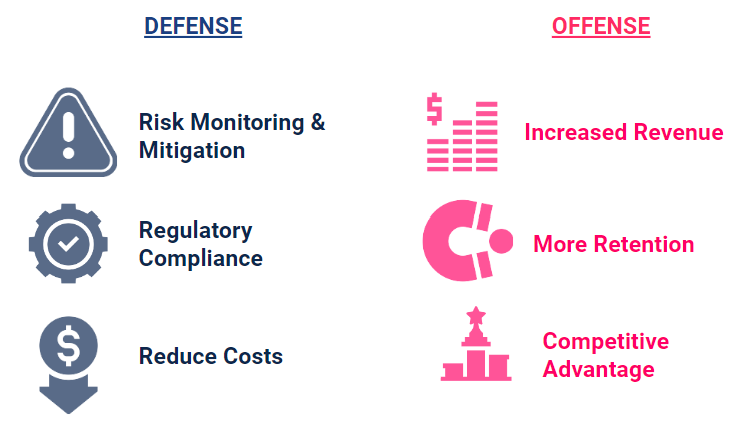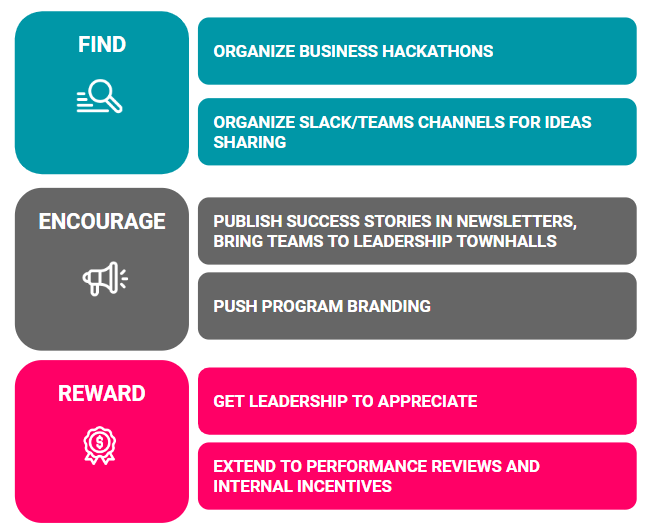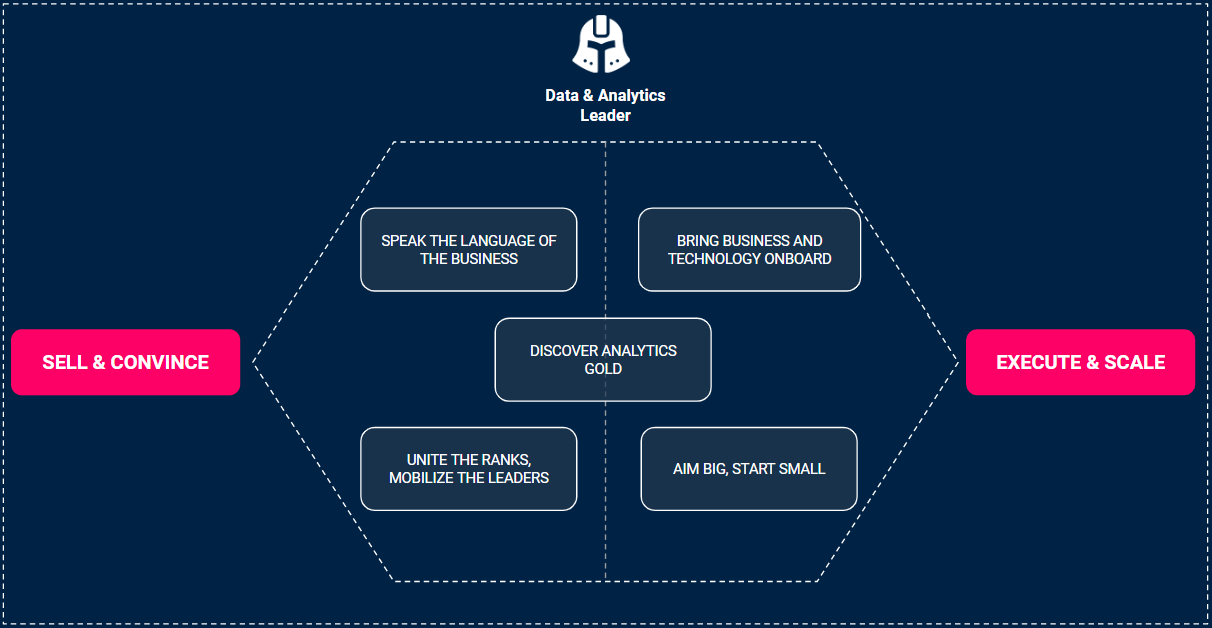Author
Author
Author
In this article, Akhilesh Kale, Corentin Boinnot and John Ly, at Artefact USA, explore data & analytics initiatives in financial services.
Modern day da(ta) Vincis
Picture Da Vinci’s Mona Lisa. The world has been captivated by the inherent mystery tied to this work of art: her elusive smile and eyes that seem to follow you. What is less obvious is the science, math & geometry Da Vinci used to anchor this masterpiece. Today’s Data Leaders are the modern day Da(ta) Vincis. They apply complex data/AI machinery behind the scenes to offer compelling business outcomes. This analogy underscores the complexities within Renaissance paintings and data ecosystems alike. When it comes to data, however, it is the business outcomes that matter most.

Setting the scene
Advanced analytics in financial services
Financial institutions were some of the earliest to invest in their data capabilities, driven by regulatory mandates and huge cost saving opportunities. Industry surveys continue to show investments in data and AI & the associated expectations are on the rise.
Strategic decision-making is a delicate dance of decisions driven by gut and by machines & data. It is paramount to anchor to fundamental value drivers before any conceptualizing and pitching take place.
Advanced Analytics in service of your strategy

This article outlines some practical keys to leverage the power of data & analytics to transform your organization. The objective is twofold: you want to receive buy-in and harness maximum value from data projects.
Speak the language of the business
The majority of data leaders have a technical background and possess a genuine passion for their area of expertise. Nonetheless, it is key to resist the urge to drop complex data concepts when pitching a data transformation proposal to business leadership. Business leaders do not always understand data jargon, and might be thrown off by a technical approach to solving their problems. They care about the business outcomes and impacts: increasing sales, reducing operating costs, freeing up human resources and mitigating risks. Be sure to speak their language!
Example
If you are trying to secure buy-in to launch an enterprise-wide data transformation project:
Bring business and technology onboard
Just as our Renaissance hero combined art and science, modern day Da(ta) Vincis need to recruit experts from across the business to instill a data-driven culture into an organization. Understanding the strengths of colleagues – and what motivates them – can help pave the way for effective collaboration, for example:
Business talent is needed to spearhead the vision and quantify the value impact:
Engineering & IT excel at building complex tools:
Example
Let’s consider a scenario where you are trying to build a next generation Customer Data Platform and need to attract talent from elsewhere in the business to drive the project:
Business could be hooked by the use cases available through a new data platform. They would own the roadmap. IT would love to roll out the latest data & AI tech.
Unite the ranks, mobilize the leaders
In addition to the right mix of talent, long term project success relies on support from leadership as well as collaboration from on-the-ground teams to drive the project forward:
Bringing leadership teams on board for a Data Quality program
Get creative to launch new initiatives. Help leaders and their teams to understand current challenges and the feasibility of practical solutions.
Aim big, start small: Laying the groundwork for success
The Mona Lisa wasn’t painted in a day. Data Leaders won’t be able to reorient their whole company to make it data driven overnight. Have your Da(ta) Vincis invest their energy and resources into first sketching out the story. Use this to build a high value use case that highlights all the advantages of leveraging your data insights.
No matter how flashy the use case, the transformation from sketch to masterpiece won’t take if you don’t provide the business with the means to get invested in data. They will need:
Artefact Client Illustration
How one useful Dashboard convinced our client to go ‘all in’ on data visualization

Discovering analytics gold
To complement a strong case – or generate buy-in from the business without one – identifying existing pots of “analytics gold” in your organization is a good approach. There are almost certainly passionate individuals in the business who have developed impactful analytics solutions locally. Find them and industrialize their initiatives so the whole company can benefit.
Here are a few tips to help unearth and identify these hidden treasures:
Finding pots of (analytics) gold hidden in the business

Data & analytics leaders, true renaissance thinkers
Being a remarkable “sales” person is a quality that makes one stand out, no matter the profession. However, being remarkable at “selling” is less about the act of sales and more about the ability to solve complex problems. The role of a data leader encompasses all of these traits. They need to be an outstanding salesperson, a smooth operator and possess the ability to understand their organization’s numerous challenges.
Going back to where we started this blog, we see the analytics leaders today as modern day Da(ta) Vincis. Powered by the tools of the 21st century – data, analytics and AI, these true Renaissance thinkers are creatively painting the business impact story through the complex machinery of indisputable facts.

References
¹ Data & Analytics leadership annual executive survey – New Vantage Partners – 2023
² Data For Finance – Artefact Research – 2022
³ The state of AI in 2022 – Mckinsey & Co – 2022

 BLOG
BLOG







